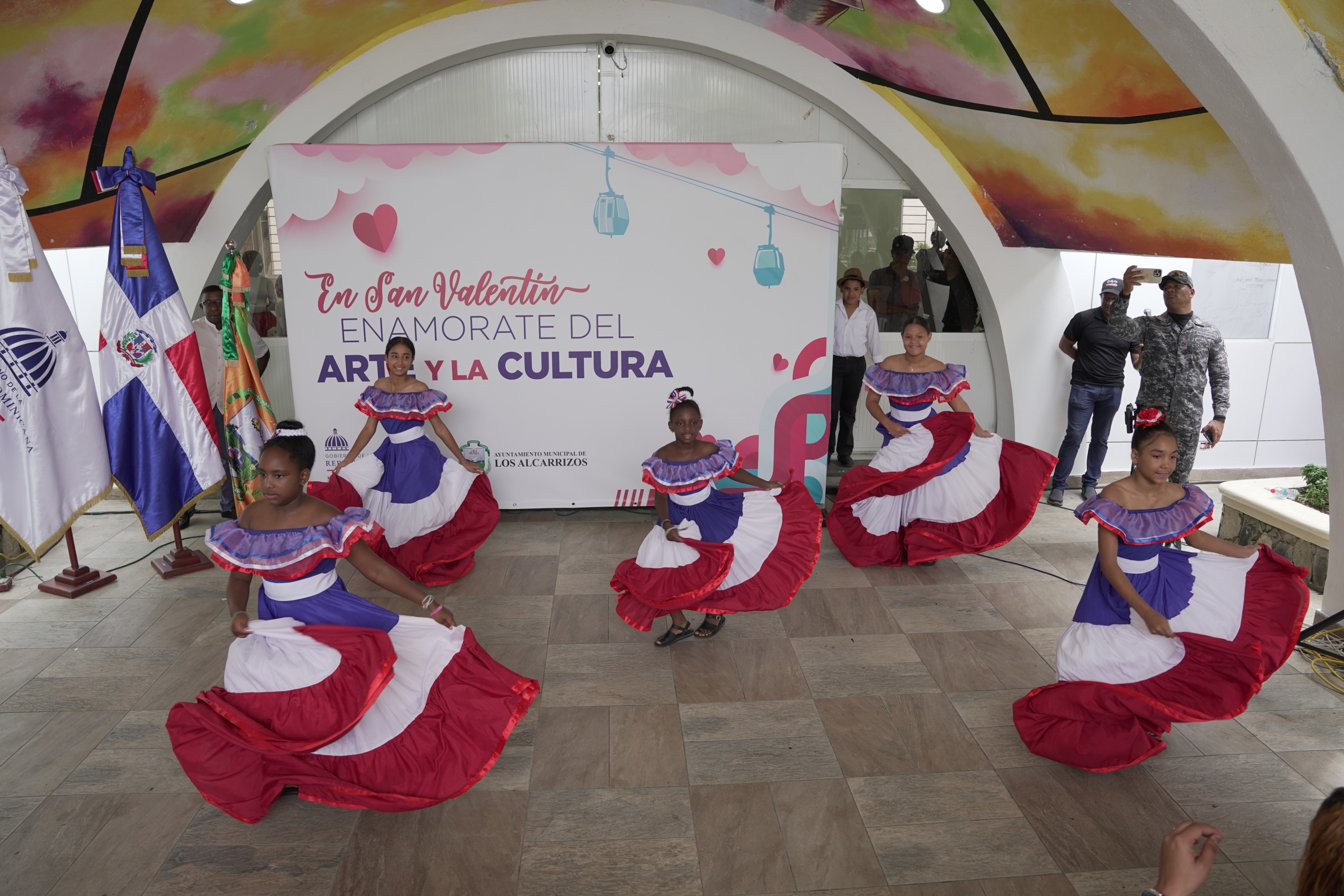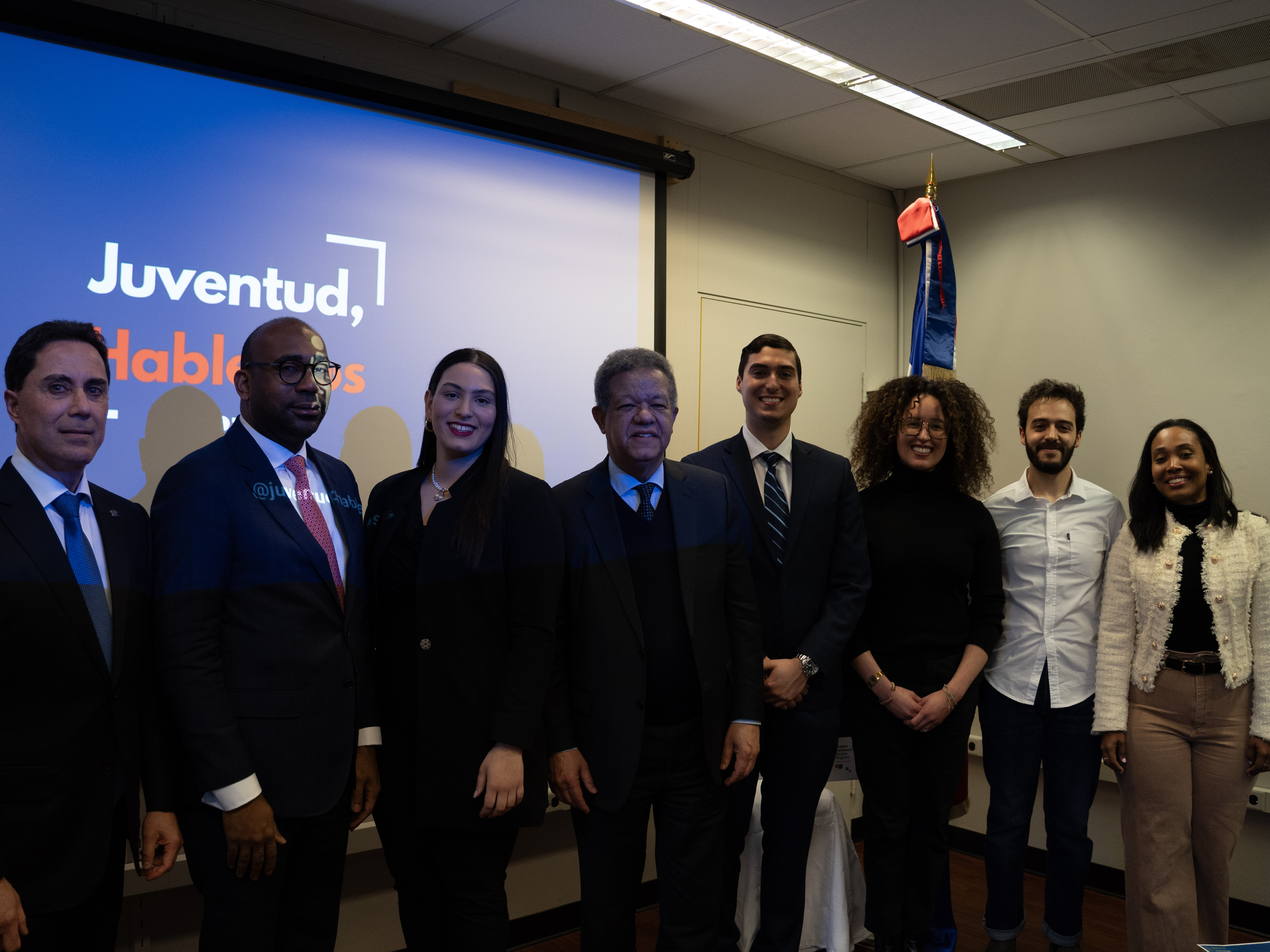Museum of Man: Safeguarding Dominican Identity
 | Museum of Man: Safeguarding Dominican Identity On October 12, the Museum of Dominican Man, owner of the richest collection of Taino culture objects in the Caribbean and one of the largest in the world, completes 39 years since its founding. The time is ripe to rediscover one of the country’s most iconic museums. From its front facade, we spot the triad that defines Dominican roots; the imposing statues of Sebastián Lemba, Fray Bartolomé de las Casas and Enriquillo, erected as a sign that we are the sum of the African, … Being here is like looking in the mirror. In its facilities we discover the traces of time; the past returns us to our origins. Therefore, one of the most effective ways of showing the world who we are is by organizing a tour of the various halls of the Museum of Dominican Man to discover the pathway of our identity. From its front facade, we spot the triad that defines Dominican roots; the imposing statues of Sebastián Lemba, Fray Bartolomé de las Casas and Enriquillo, erected as a sign that we are the sum of the African, Spanish and Taino cultures, and in addition, a testimony that these lands have been the scene of major battles for freedom by men. Inaugurated on Columbus Day 1973, nearly five hundred years after the discovery of America, this anthropology museum has fulfilled its mission to protect and promote Dominican culture in all its manifestations, safeguarding tangible Dominican cultural heritage. Beyond it priceless ancestral pieces and its encircling exhibits of archaeological and ethnographic materials, which make this museum a core institution of Dominican culture, is its work as a promoter of our identity. Museum director architect Christian Martínez defines this as a crucial and mandatory point “for a people to be aware of their identity. These are the origins of our race and culture.” Martinez took over the museum in April 2010 and has focused his administration on developing specific programs for researchers and scholars of Dominican culture, reporting to the Department of Communication and Audiovisuals of the Ministry of Culture. Knowing our origins To promote the research done, the museum management is developing several activities at its headquarters, such as lectures, conferences, talks, temporary exhibits, and more. Every Thursday, dozens of researchers from all social disciplines, give a series of lectures to present the findings from their research. These meetings are open to the public and they allow experts in anthropology, archeology and other disciplines to exchange views with the audience. They also help upgrade the academic community regarding new studies. Special activities for the anniversary As part of its anniversary celebration, the museum will hold a seminar on “Museum of the Dominican Man Research. Present and Perspectives,” with the participation of more than ten experts who will present their papers on various subjects regarding the role of the museum as a research center. Abelardo Jiménez Lambertus, Renato Rímoli, Clenis Tavárez María, Harold Olsen Bogaert and Corinne Hoffman, will be among the participants. The seminar is scheduled for Friday, October 12, on the museum premises, at 10 am. Attractions On the third floor, the museum has several halls divided into different eras of Taino life: Paleoindian, Mesoindian, Neoindian and pre-Columbian. You can also enjoy the colorful ceramics hall showing the evolution of this art in the hands of our first settlers. The fourth floor has the ethnology hall, which shows aspects of Dominican popular religion and other exhibits of high anthropological value. The Dominican Man Museum is open Tuesday through Sunday, from 9 am to 5 pm. General admission is 20 pesos for students and 100 pesos for adults.
It is key that teachers around the country continue bringing their students to the museum for the promotion of our identity among the younger generations, according to the Museum director.
The ample collection of valuable anthropological pieces includes various monoliths, which are essential for understanding the cult of stones.
Thousands of authentic objects that are hundreds of years old are waiting to be rediscovered in each one of the galleries of the Museum.
The museum building is an architectural gem designed by the late Dominican architect, José Antonio Caro Álvarez, who designed various of the best-known buildings around the country. | |

Related News
-

(Versión en español) MINC realiza el evento "Enamórate del Arte y la Cultura" en Los Alcarrizos
-

(Versión en español) InspireDR celebra una década de impacto con “La Fiesta 10” en Cabarete
-

(Versión en español) Organización “Juventud Hablemos” de la Universidad de Columbia y la GFDD copatrocinan a casa llena evento sobre “La evolución de la democracia en la República Dominicana”
-

(Versión en español) Realizan premiere del documental “El Padrino II: 50 años y su filmación en República Dominicana”
-

Actividad #1
Dónde:: Complejo Acuático Del Centro Olímpico Juan Pablo Duarte.
Días: 28 y 29 de noviembre 2016.
Precios: RD$1,1000.00 VIP, RD$600.00 gradas.





